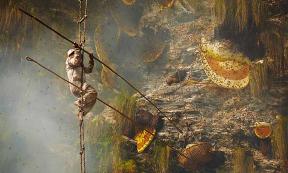Ancient Places
Ancient places can be found all over the world. Their fascinating histories and impressive artifacts open intriguing glimpses to times past, and visiting such ancient places in the world can be an unforgettable experience.
Science is constantly discovering new archaeological places and uncovering more evidence into what we once thought we knew about our history, therefore offering new pieces to the ever changing puzzle of humanity’s past and altering how we interpret it. This section will present the most interesting archaeological sites all over the world, as well as new discoveries of ancient places that are worth paying a visit.







































